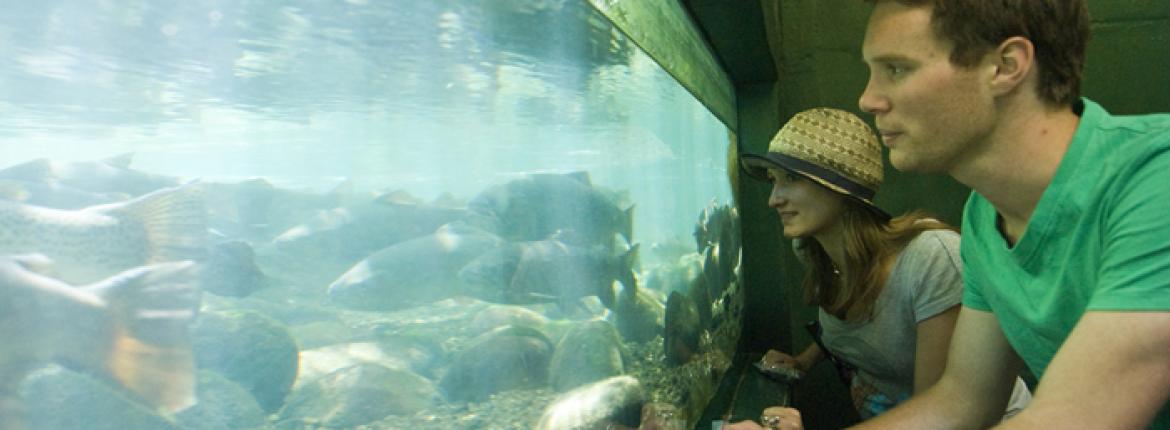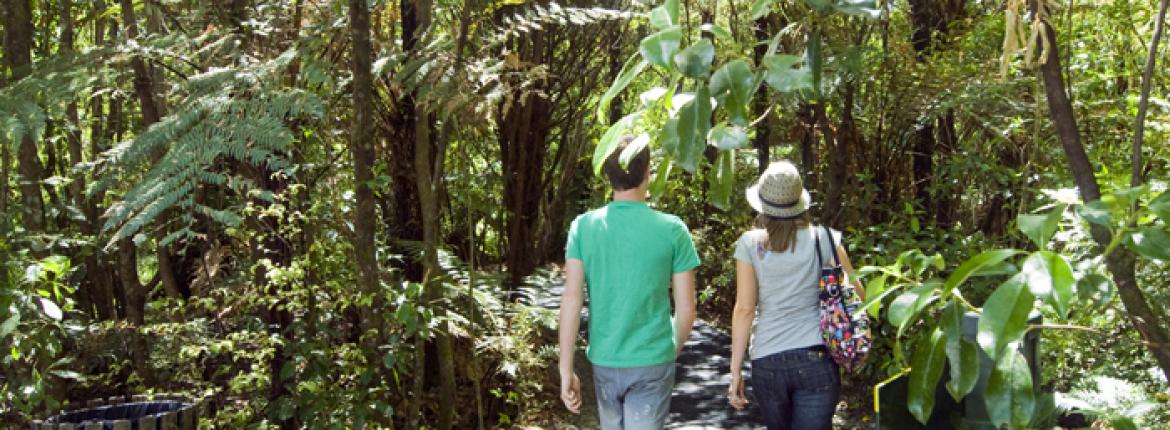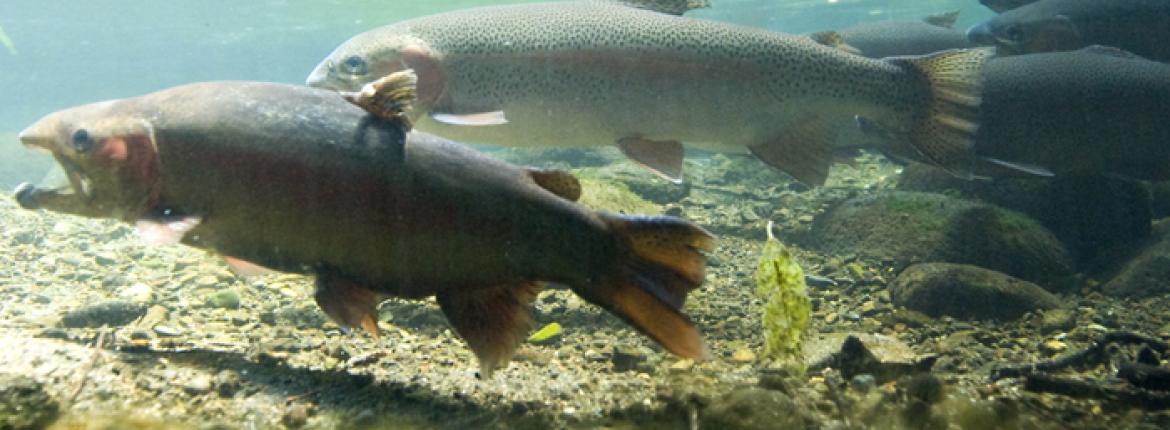The centre is a collaboration of three parties – a trust of trout fishermen, the Department of Conservation and Genesis Energy – working together for the mutual purpose of maintaining water quality. It is a unique fusion of science and research, education and recreation.
The centre was established as a trout hatchery in 1926 by keen fishermen, and the hatchery still forms the heart of the centre, with thousands of trout bred there every year.
“This breeding programme is enviromentally significant because the success of the hatchery is dictated by the quality of the water,“ says centre Chairman Rob Lester.
“The incoming water is spring-fed and filtered by rocks for more than 15 years, creating an incredibly clean, pure source,” he says. “Without clean water, there is no life.”
Each year, rainbow and brown trout migrate upstream in the Tongariro River, which flows through the grounds of the centre, and spawn between April and November. The best fish are separated into holding ponds for breeding. In the hatchery, eggs are collected and fertilized and around 5,000 trout raised.
“Because the environment is sterile and closely monitored, the mortality rate is very low, so all hatchlings will be the progeny of just three or four fish.”
Once they are a few months old, hatchlings are transferred to the fishing pond where groups of school children can try their hand at landing their first trout, helped by local volunteer anglers. At the end of each season, the pool is emptied by DoC, and the fish redistributed to lakes around the country.
Visitors to the centre can also feed wild trout in the river, meander through the bush walks along the banks or enjoy a picnic next to the pond.
Reported by Jo Percival for our AA Directions Summer 2011 issue






